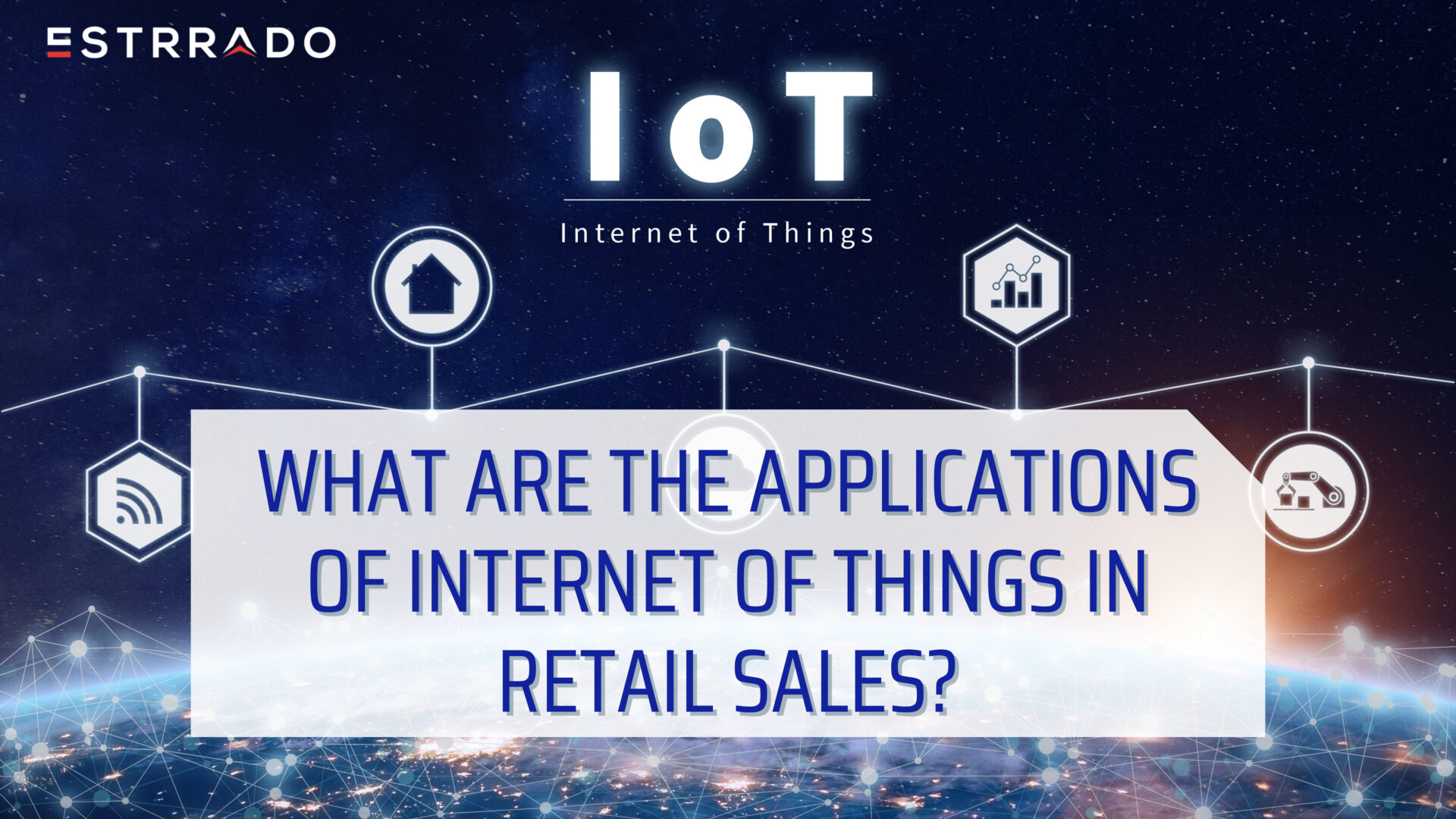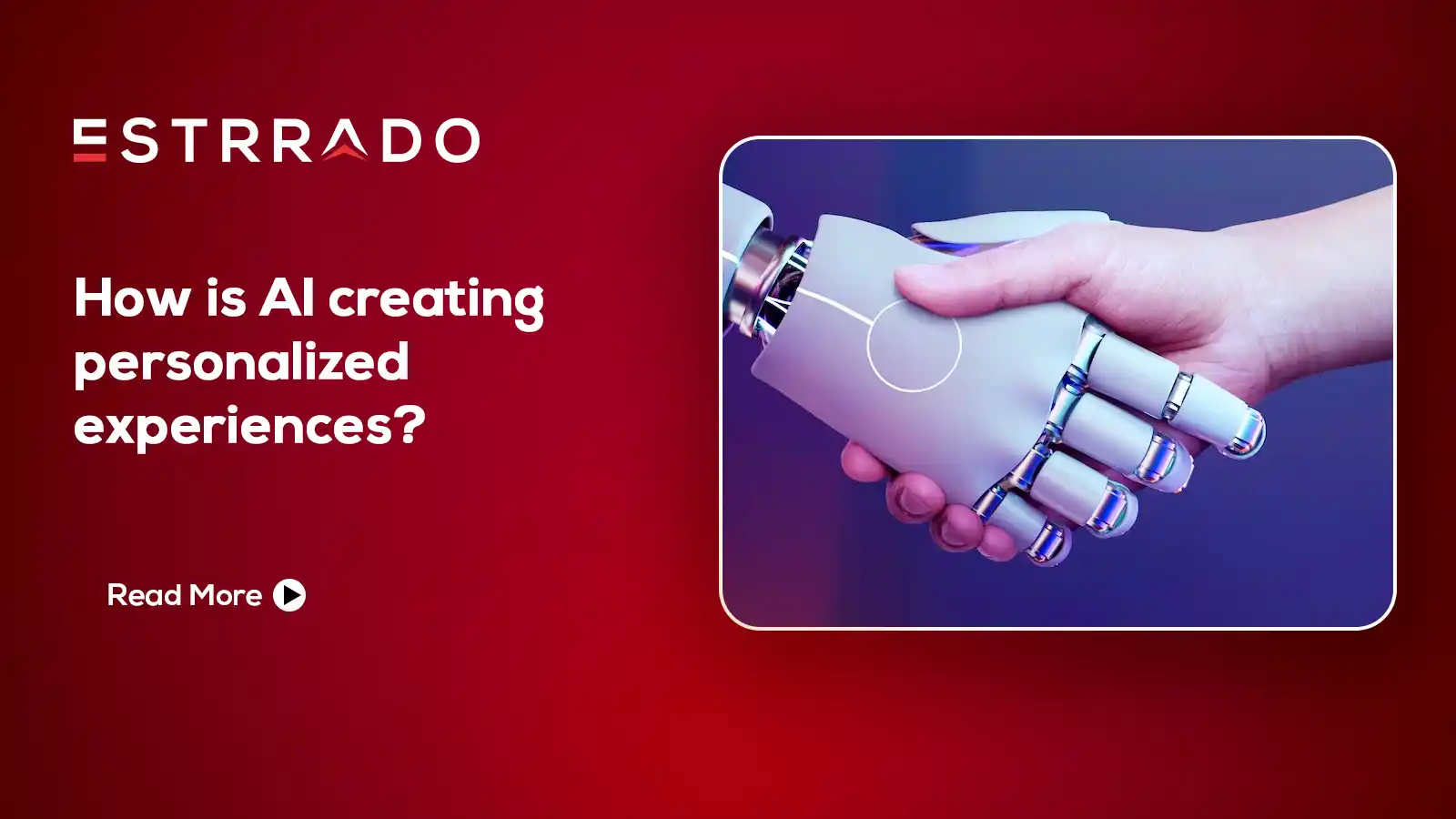The retail industry is constantly changing in order to beat the competition. Companies invest heavily in innovation, seeking ways to prospect consumers and increase profitability even further, and the Internet of Things has played an important role in this scenario. Check out some possibilities below.
Monitoring of consumer behavior
The devices of the Internet of Things aren’t just changing the way people are living. These changes are reaching retail, transforming smarter and more connected strategies. Making use of data provided by customers , the sales team can better target their sales tactics, identify trends with agility and greater accuracy.
For example, the Internet of Things allows stores to monitor their customers’ behavior during a purchase or while trying a product. It is even possible to distribute devices that interact in real time with the user throughout the establishment.
Another example is the integration of Internet of Things devices with virtual sales platforms. Nowadays, there are companies on the market that offer customers the possibility of installing a mobile application on their phone or smartwatch to have access to exclusive promotions when they enter the store.
In these cases, it is possible to see that there is a better experience for the consumer, since the service is more automated and the purchase is simplified.
More accurate marketing
Collecting data through integrated mobile apps can make marketing strategies more accurate. Once integrated with Big Data tools, the Internet of Things equipment allows recording consumer interactions in different situations, also helping to guide commercial approaches .
It is currently possible to see that large store chains are already using the Internet of Things to identify the best way to position themselves before the customer. For example, these networks are able to capture information from consumer profiles on social networks and manage that consumer’s behavior and desires.
Optimized stock
Every business owner knows that a poorly managed inventory can have bad consequences for the company. Unnecessary cost and obsolete products in stock are some of the possibilities involved in this scenario.
In this context, the Internet of Things came to help in tracking the output of products and identifying items that are closer to the expiration date. In addition, it is possible to discover the best way to store goods in an amount that is in tune with demand.
In practical terms, the Internet of Things develops sensors located inside stores that detect when a shelf is empty, for example. Thus, it is possible to manage the stock, directing the missing items with greater agility, avoiding the possibility of the consumer becoming frustrated when not finding the product he wants.
Furthermore, it is important to highlight that companies that manage to integrate the Internet of Things into their processes will have more chances to reach more potential consumers and expand their presence in the market.








